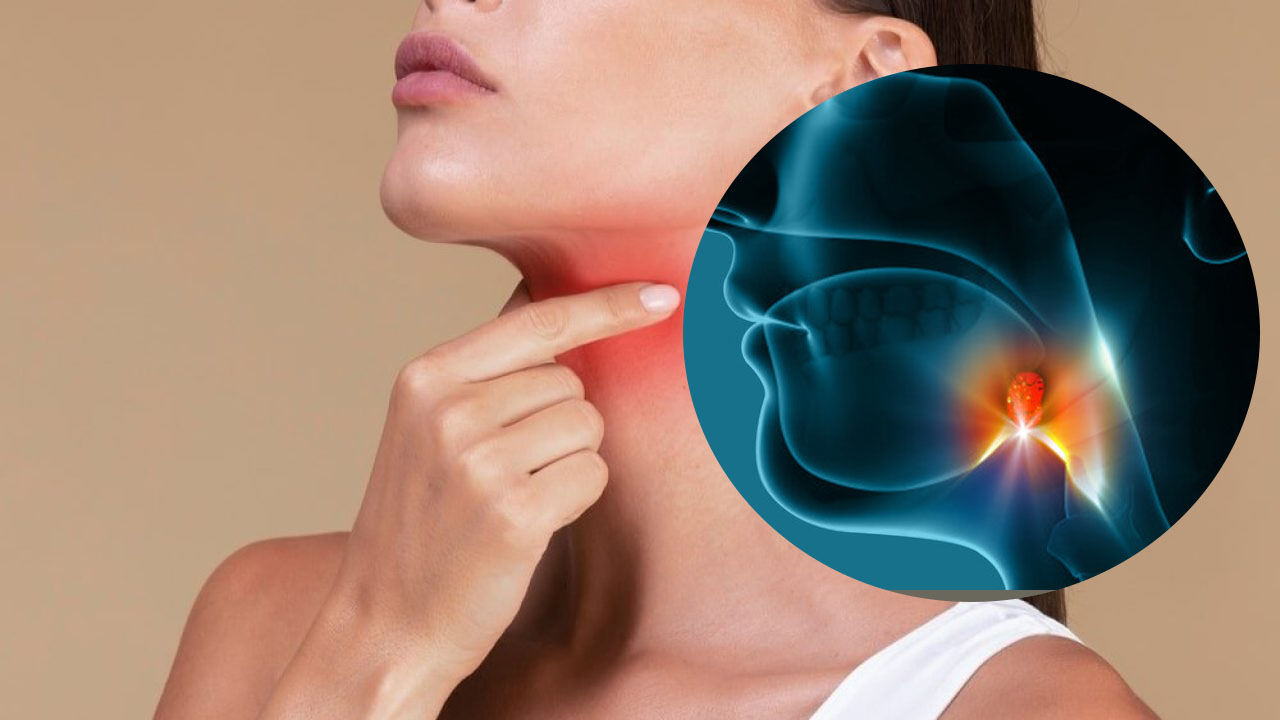Medical professionals are increasingly recognizing oral sex as the predominant factor in the rise of throat cancer, particularly oropharyngeal cancer affecting the tonsils and back of the throat. This shift is primarily due to the widespread prevalence of human papillomavirus (HPV) infections. Historically, smoking, excessive alcohol, and poor diet were the main contributors, but HPV’s role has now taken precedence.
Dr. Hisham Mehanna of the University of Birmingham has labeled this phenomenon an “epidemic,” observing a significant increase in throat cancer cases in the West over the last two decades, largely fueled by HPV. HPV encompasses over 100 different viruses, and it’s a common infection transmitted through skin-to-skin contact, including various sexual activities. While the body’s immune system typically clears most HPV infections without issue, certain high-risk types can persist and integrate into a person’s DNA, potentially transforming healthy cells into cancerous ones over time.
ALSO READ: HOW TO COPE UP WITH THE EXTREME HEAT IN JUBA , SOUTH SUDAN
The risk of developing throat cancer is demonstrably linked to the number of oral sex partners. Individuals who have had six or more lifetime oral sex partners are 8.5 times more likely to develop oropharyngeal cancer than those who have not engaged in oral sex. It’s important to note that despite the high prevalence of oral sex (approximately 80% of adults in the UK report having engaged in it), the vast majority of individuals exposed to HPV will not develop throat cancer. This underscores that while the risk is present, cancer development is still a relatively rare outcome of HPV exposure.

